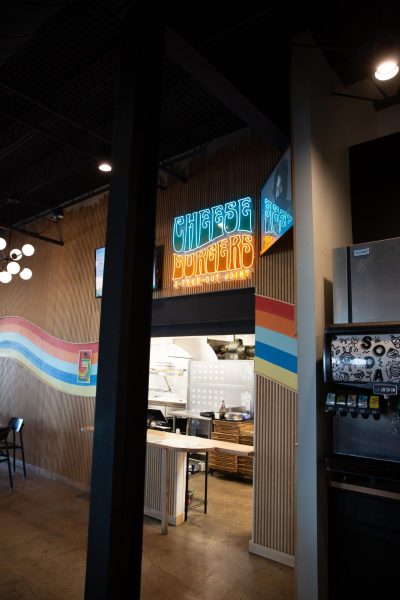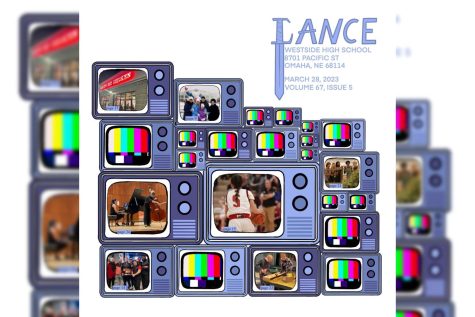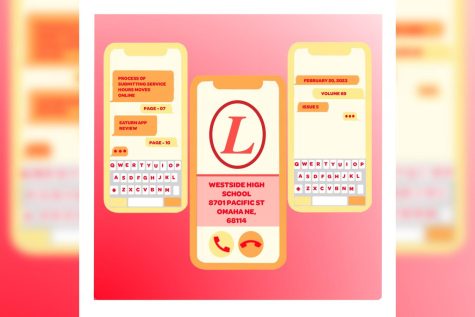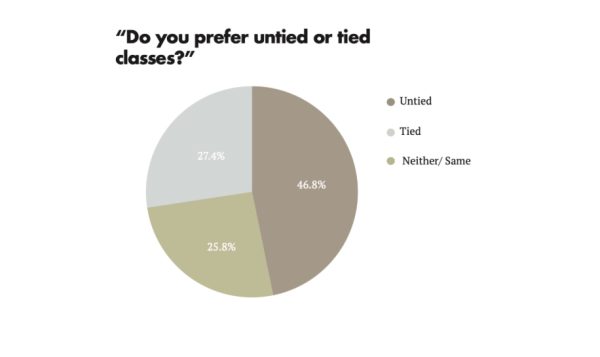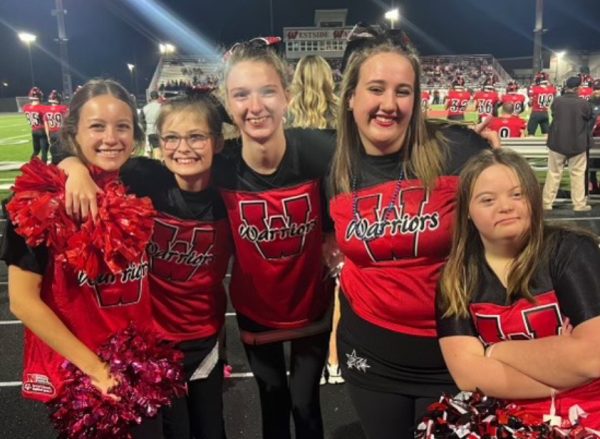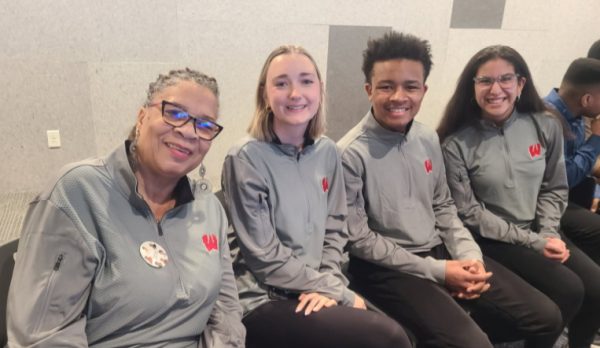Dissecting Rom-Coms
Clichés we keep coming back to
A heroine who’s able to wake up with perfect hair and makeup and still call herself a wreck. A meet-cute. A ‘liar revealed’ twist. Several misunderstandings. A last-minute run to an airport. A resolution. These tropes, and several more, are ingredients that form romantic comedies, or ‘rom-coms,’ as they’re more generally known. These works are nothing new. They appear as books, films, comics, even video games. However, the tropes associated with rom-coms appear most recognizably in the more classic storytelling media: books and films. While popular year-round, rom-coms become most relevant during holidays like Valentine’s Day or other winter holidays. Any time of year when family and love is heavily emphasized presents the perfect opportunity for a rom-com to force its way into a consumer’s life.
The structure of a romantic story is a broad and well-known one. Romantic comedies function the same way, but changes are made to create a situation where comedy can occur naturally. This could be accomplished through changes in the environment, the supporting cast or mannerisms of the leads themselves. The ideas behind rom-coms have always been very broad, so it makes sense that the same tropes occur. If you’re given little direction as a storyteller, you’re bound to follow the habits of stories preceding yours. Some semantics of the tropes change to become relevant, but the sentiment behind them stays the same. Shakespeare’s works, which function as some of the earliest and most clear examples of romantic comedies, focus in on misunderstandings and misconceptions, amplifying the absurdity to keep the romantic leads away from one another in a way that’s amusing and enthralling. However, why these stories are so captivating is a concept worth examining.
Romantic comedies, formulaic as they are, draw the public in because they all offer something different. As an example, two romantic comedies: “13 Going on 30,” released in 2004, and “Shallow Hal,” released in 2001. Before revealing the specific plots of these movies, it would be worthwhile to see what they have in common. The main character begins the movie in a somewhat unlikeable position. They’re self-possessed and materialistic. They’re not horrible people, but they have very negative qualities. People around them act as moral compasses that they ignore. Then, something happens to them that requires them to view the world differently than they did before. They slowly become accustomed to the change and consider someone romantically who they would have not considered before. The audience sees them become better people. By the end of the movie, their normal perception of the world has returned, but they keep their improved mindset. The romantic leads end up together peacefully.
“13 Going on 30” is about a 13-year-old girl transported into the future to witness her successful adult life and learn how to mature. “Shallow Hal” is about a superficial man who is hypnotized into seeing everyone around them for their inner beauty. They’re wildly different movies with different methods of storytelling, but the structure and tropes found in both are deceptively similar. The same can be said for just about any rom-com. This is precisely why people are drawn to these movies.
There’s an opportunity to mix and match tropes you like and dislike in this genre that isn’t very present in other genres. If you like the bad boy love interest archetype in a movie but hate the love triangle plot, you can find what you love in several other movies told in a similar way, excluding what you hate. It goes along with the whole idea that every movie is just the same seven movies being told differently, but on an even narrower scale.
It would be easy enough to say that the common tropes found in rom-coms are as recognizable as those found in action movies or standard comedies, but that wouldn’t be true. The thing about the romantic comedy as a genre is, while it is so broad, the tropes that recur are so distinct and specific that they become so much more notable and, therefore, easy to riff on. The easiest genre to compare it to would be Westerns. Westerns were very unique to the era in which they were released, and they served as a popular source of entertainment for decades. They’re movies that are instantly recognizable. An audience can look at the scenery, hear the musical cues, even look at the full name of the main character and realize immediately that the movie they’re watching is a Western. The same goes for romantic comedies. While these movies function as sub-facets for several different genres, the similarities in the structure and storytelling for so many is astounding. Despite the fact that these genres stand out in comparison to others, they still read as formulaic when one dives into them on their own.
If rom-coms seem so similar to Westerns, why have they lasted so much longer than Westerns? The easiest answer would be timelessness and the evolution of ideas. Westerns served their purpose for the time in which they thrived. Looking back through a contemporary lens, many classic Westerns do not hold up well at all, but their popularity and appeal make sense. But, as the greyness of morality was dissected in popular culture, the Westerns that so flagrantly ignored it no longer held respectability. Rom-coms, however, were made to evolve. There’s a timelessness that comes with seeing a relationship develop. The way that these developments are presented is something that can hold up much better.
Romance, while definitely not appealing to everybody, is a multi-faceted thing that can seem interesting and desirable to a massive audience. Along with that, the evolution of comedy is an incredible thing to witness. When put together, the prosperity of the two is inevitable. As the nature of relationships change, the potential to tackle our perception of them through a comedic lens is huge. What’s even better is that the tropes evolve along with the plots while still keeping the same sentiment. In the past, a trope would have been that the leads couldn’t be together because one of the pair’s parents disapproved. That trope is still present in contemporary storylines, but it has changed. Parental disapproval changed to disapproval from friends or obligations from work. As our needs have changed, our stories have as well.
Even then, considering all of the reasoning behind the prosperity of rom-coms, the bottom line is that they’re still popular because they’re pleasant. They paint pictures of romance that seem wonderful and attainable. They’re stories that audiences can rely on for happy, hopeful endings. They open up debates and discussions. They’re hilarious when they fail and touching when they succeed. For decades behind us and decades to come, they’ve made people happy, and that’s something beyond analysis.
Your donation will support the student journalists of Omaha Westside High School. Your contribution will allow us to purchase equipment and cover our annual website hosting costs.

Hi, my name is Jane Knudsen! I am the A&E editor for Lance this year. I am currently a senior and this is my second year on Lance. If you have any...



